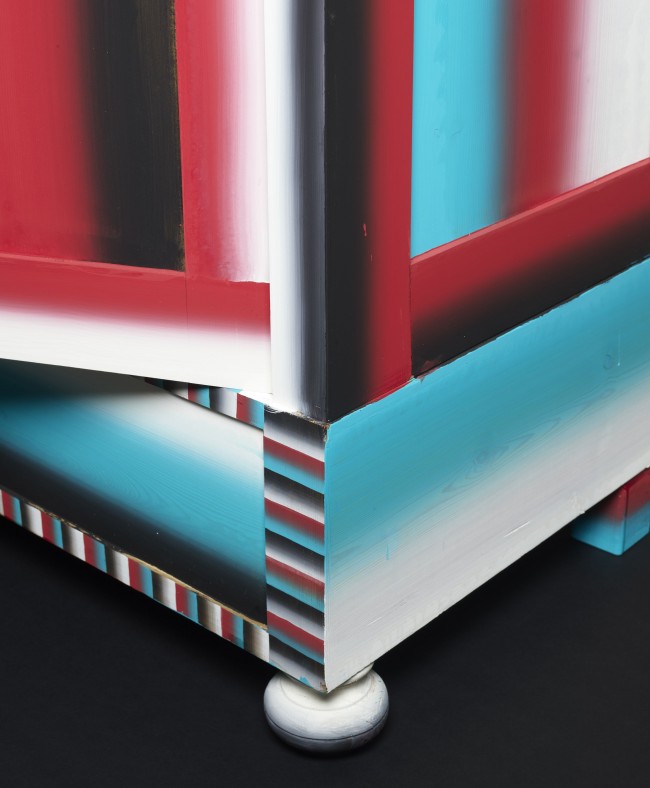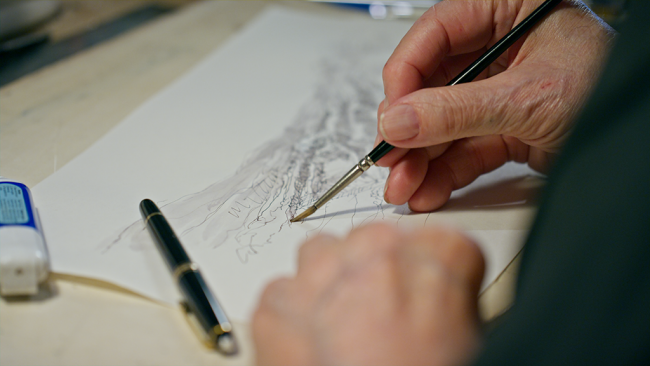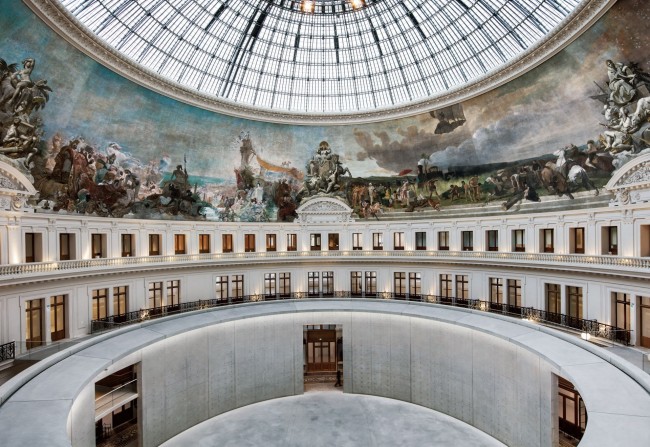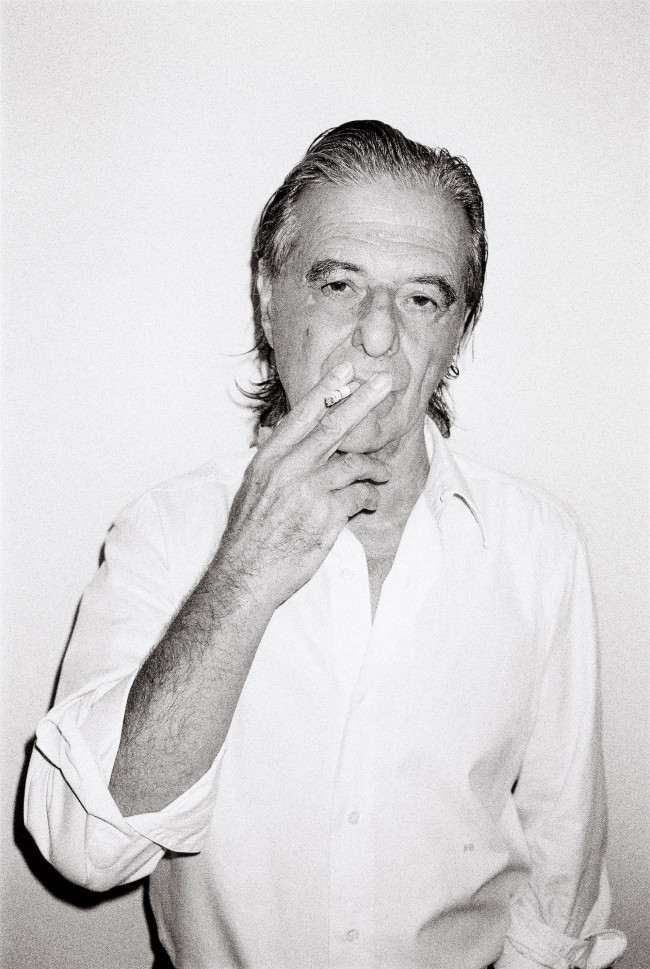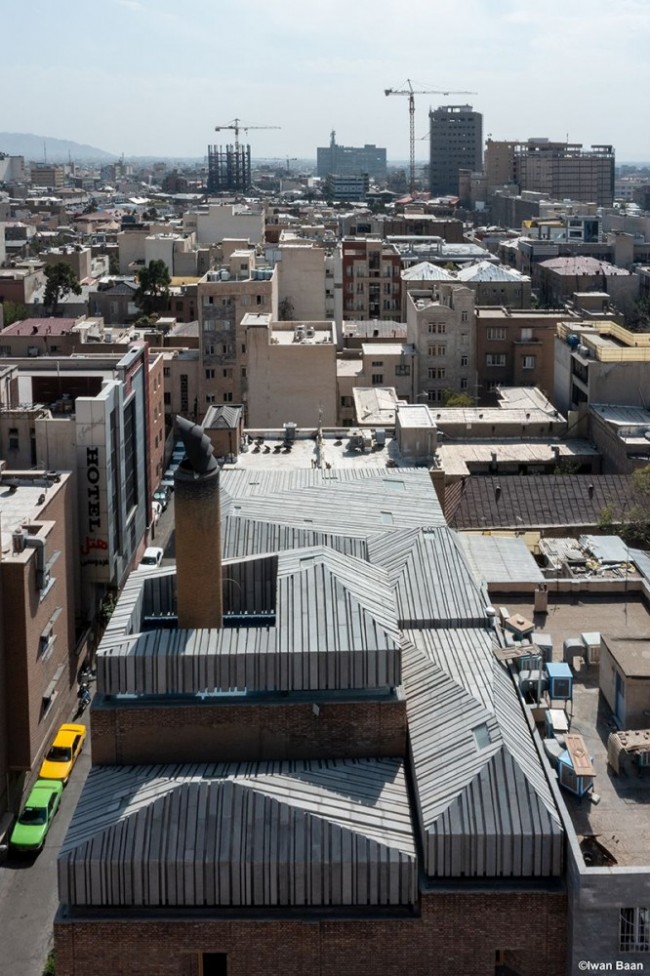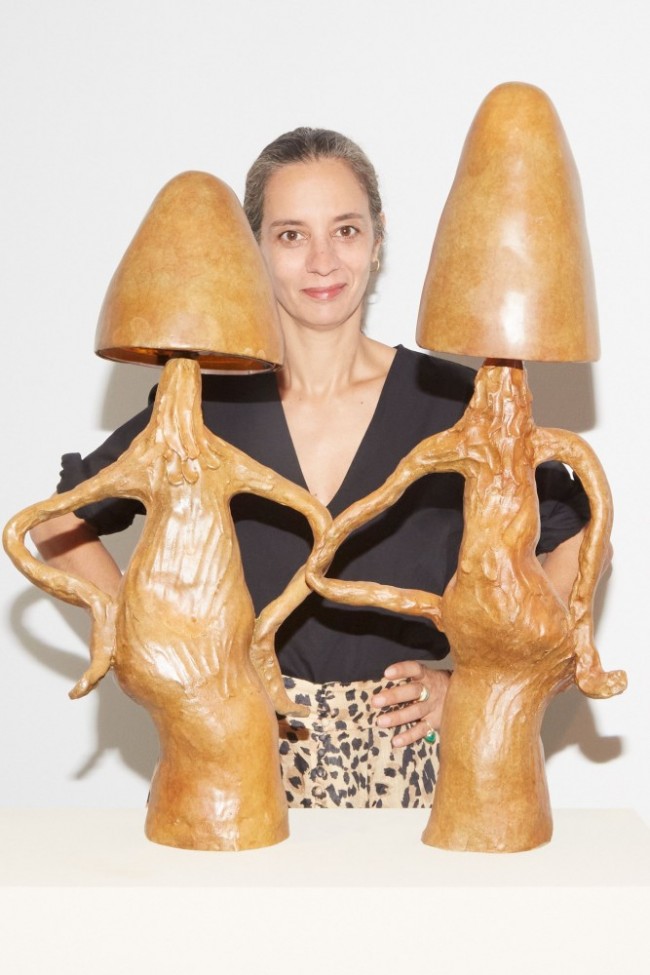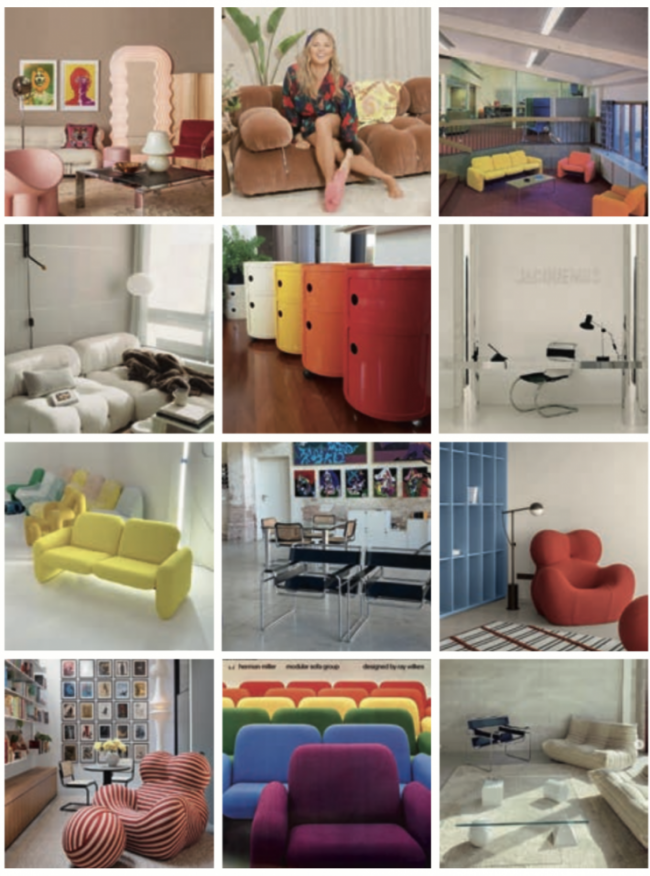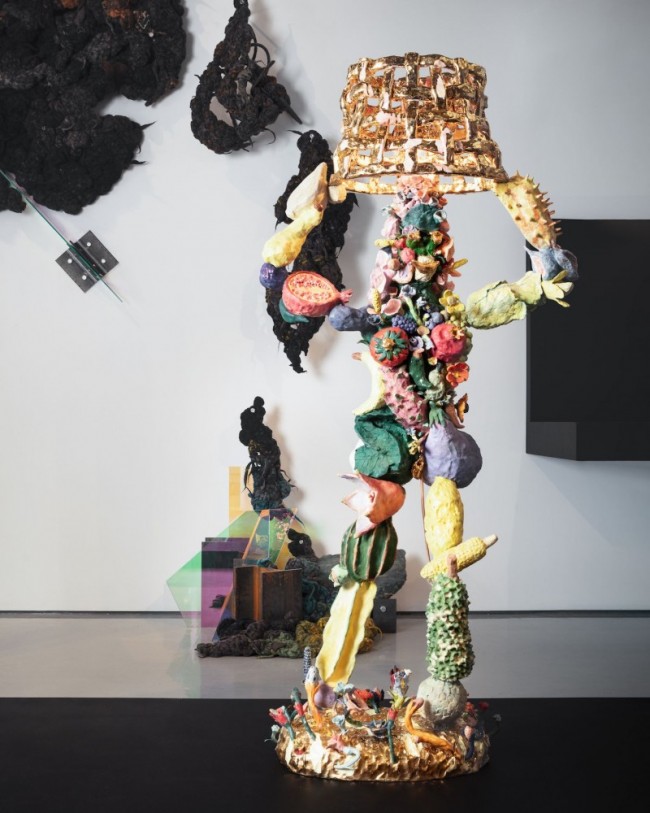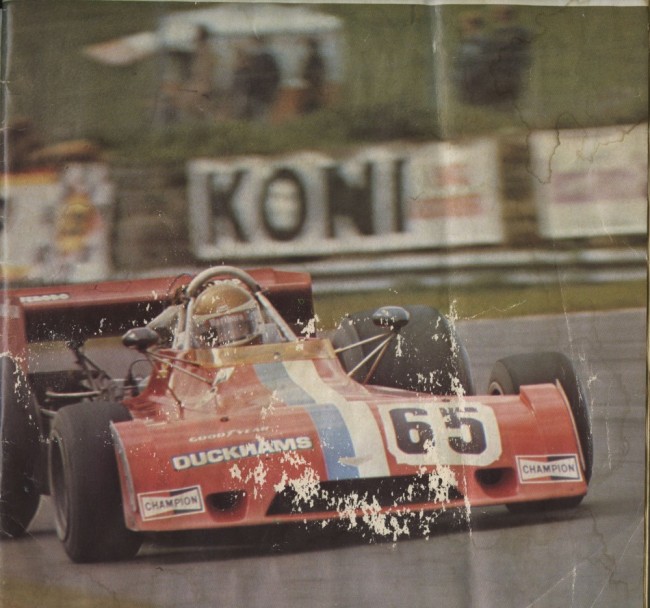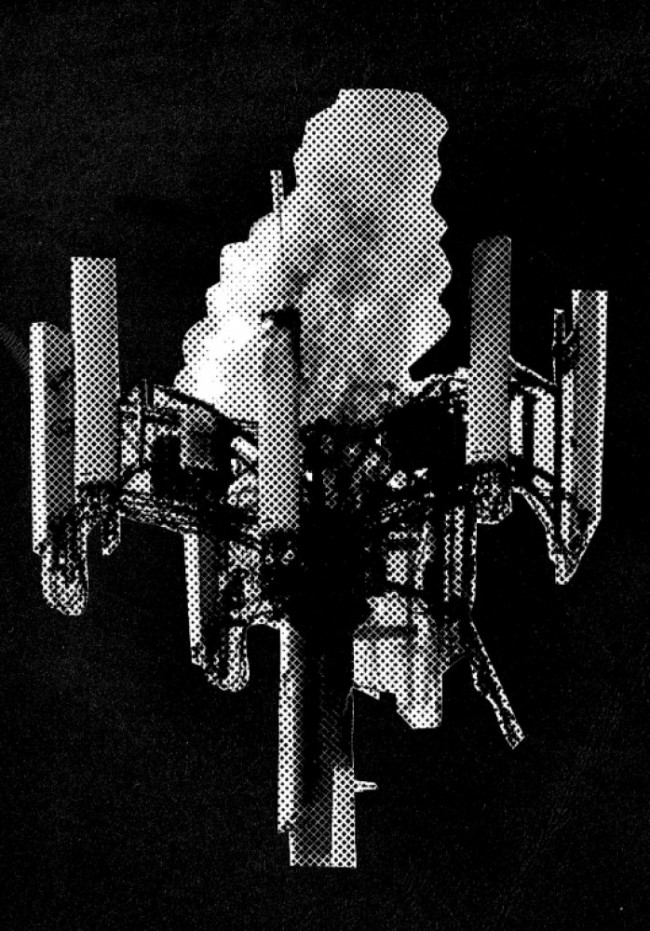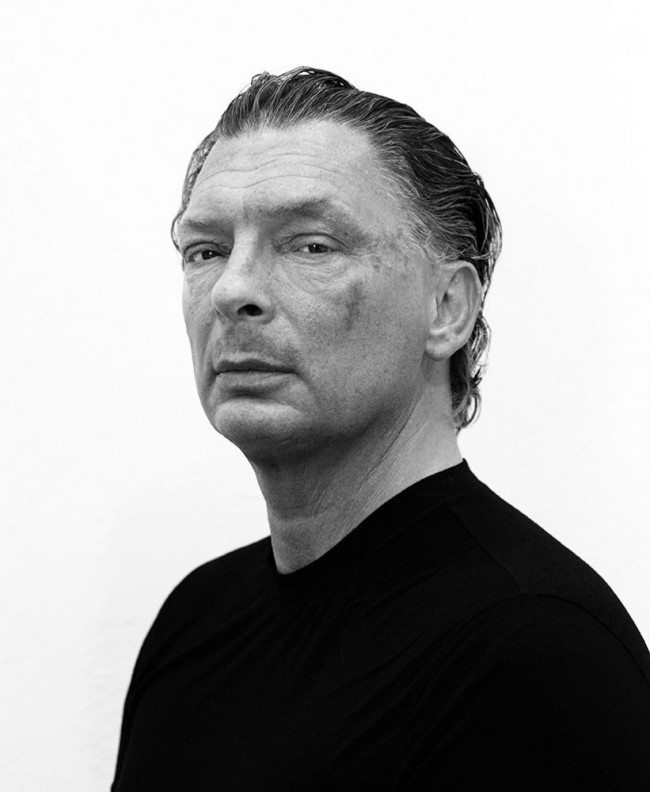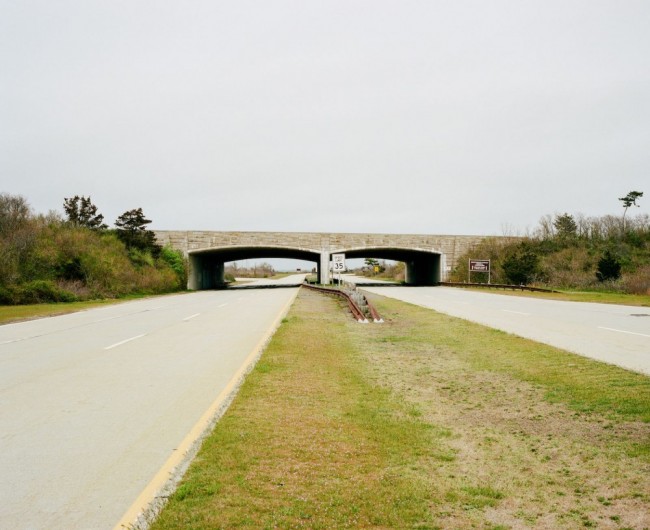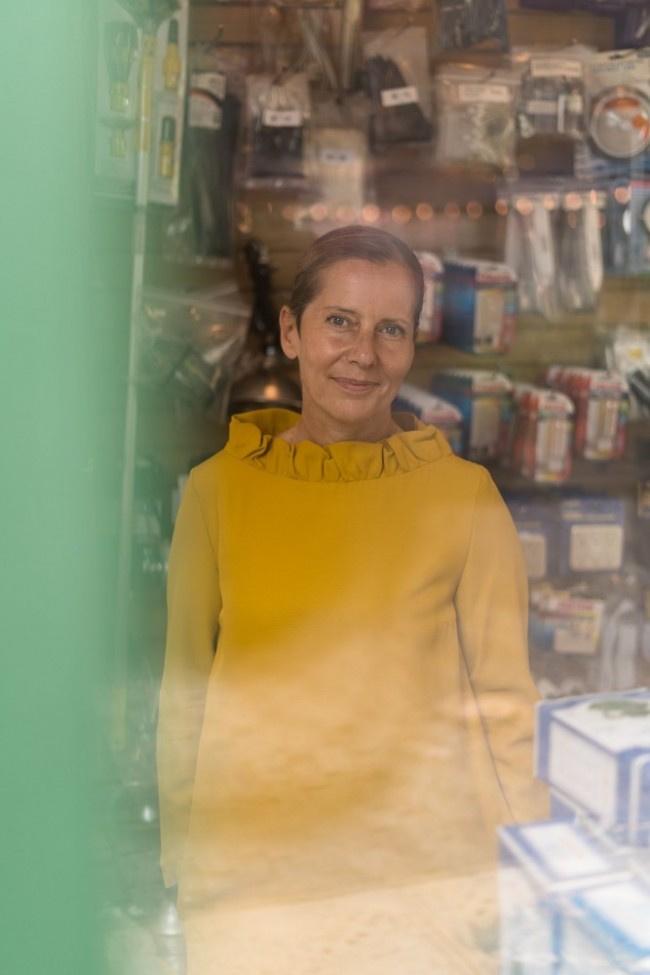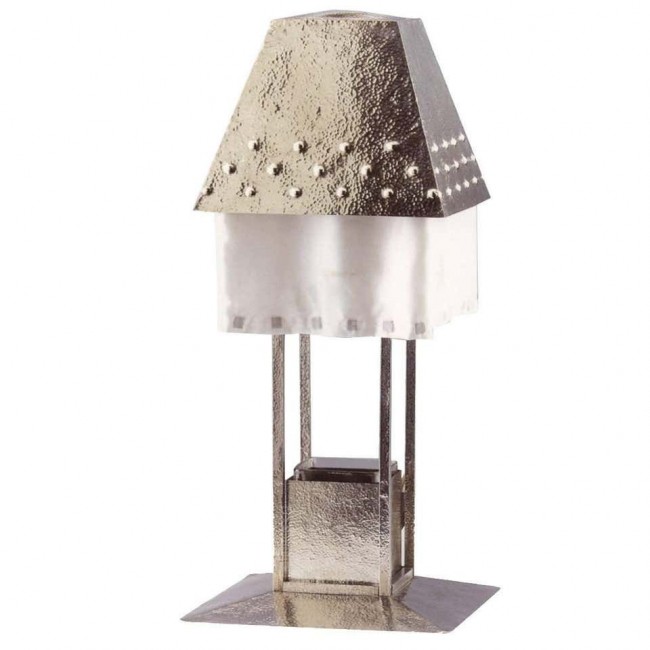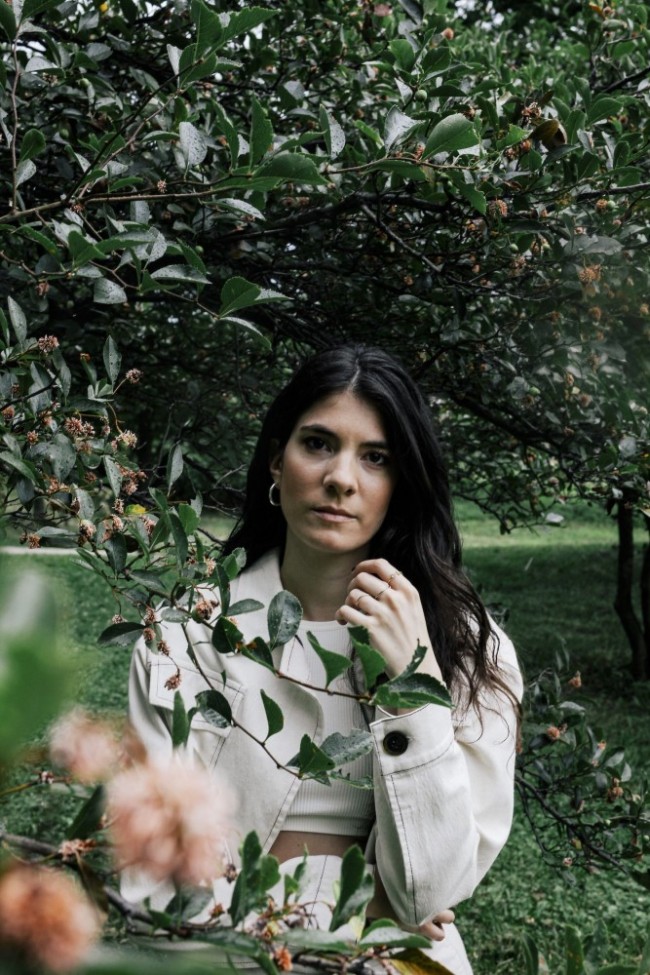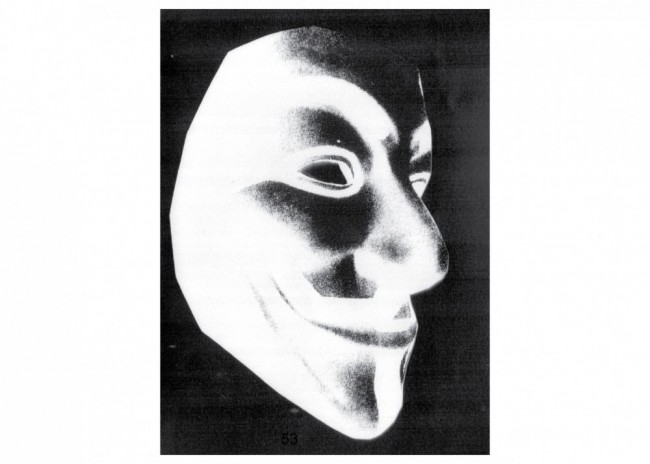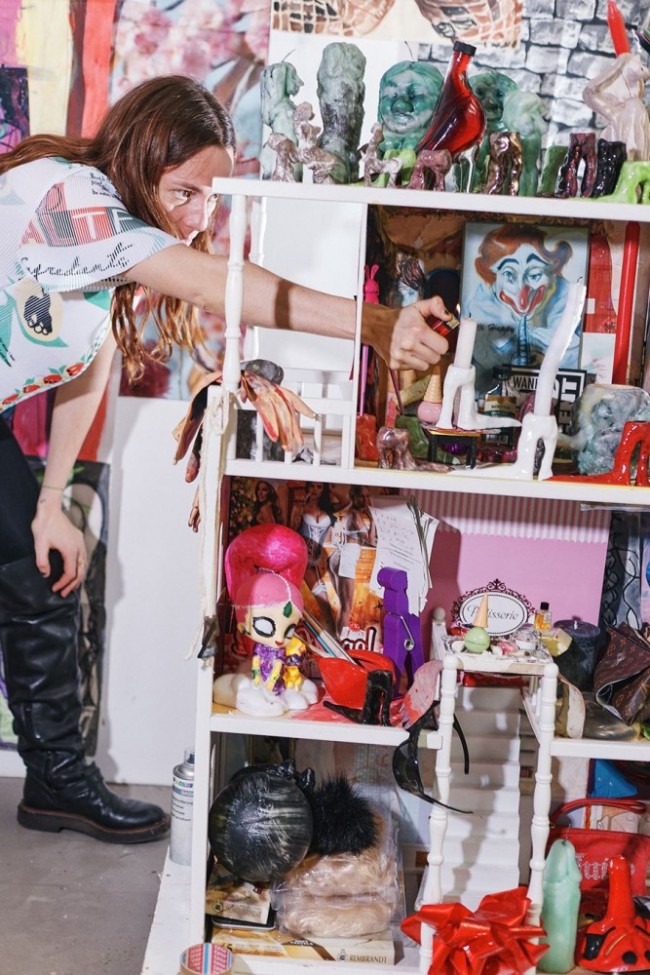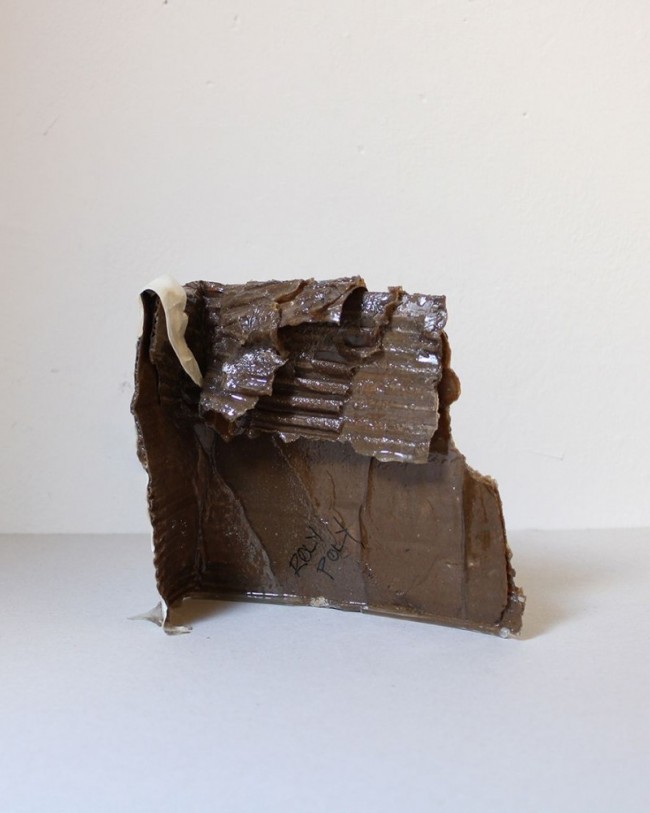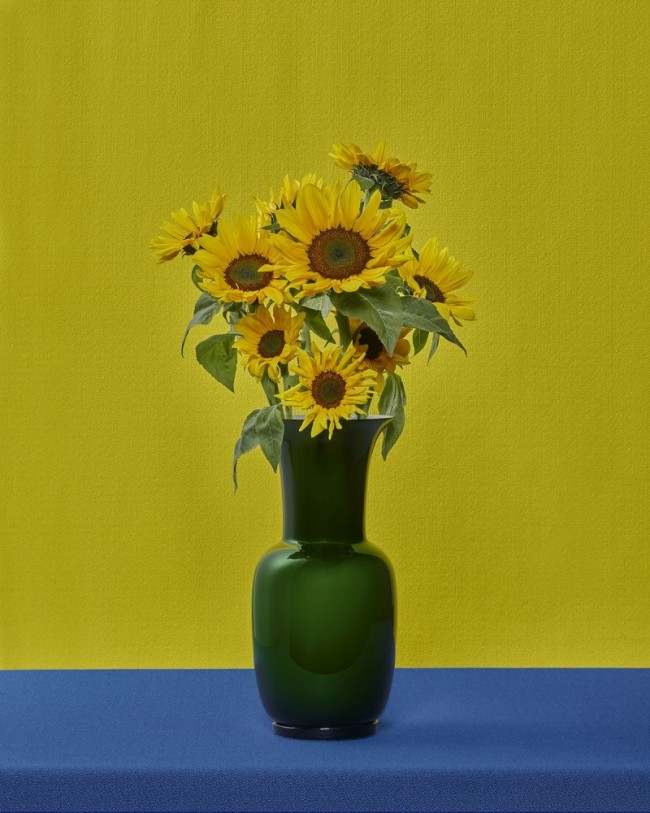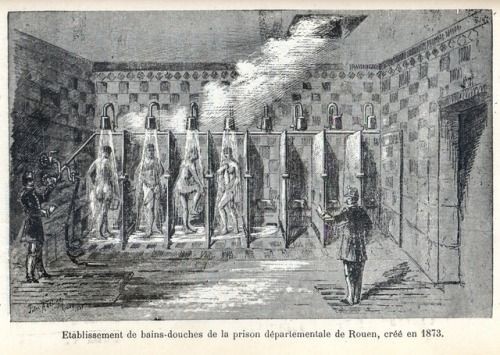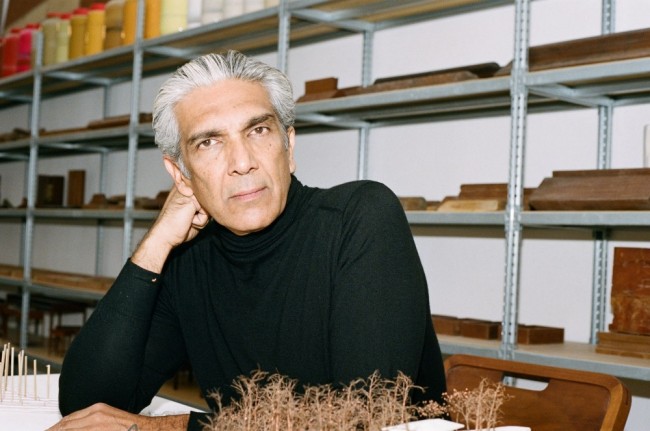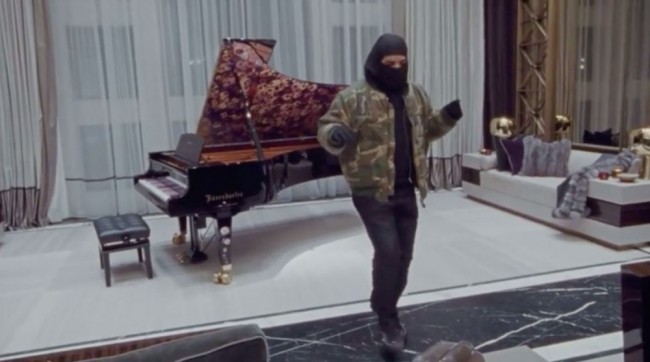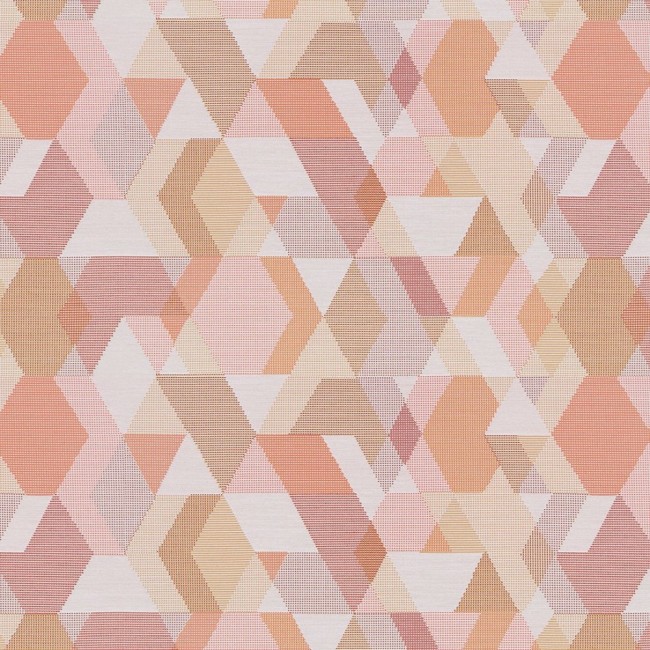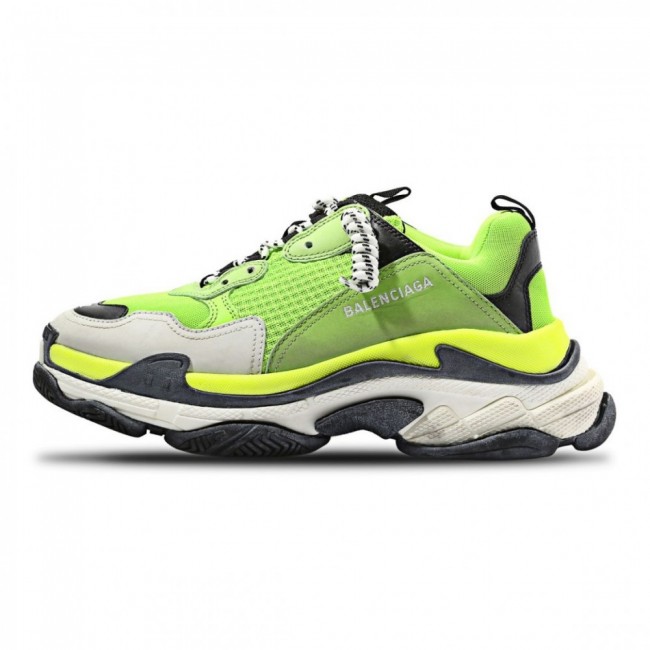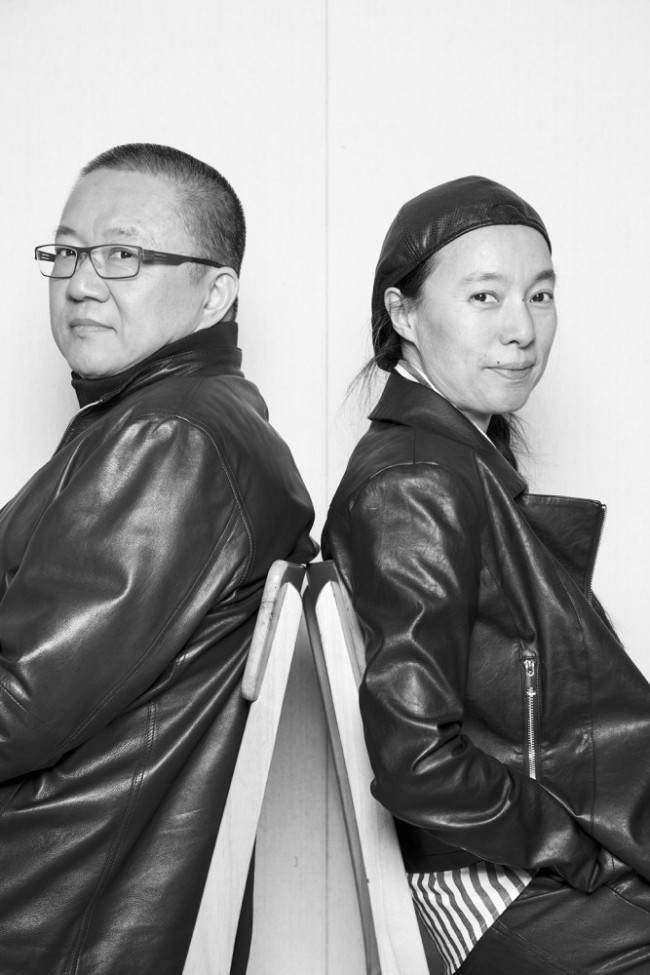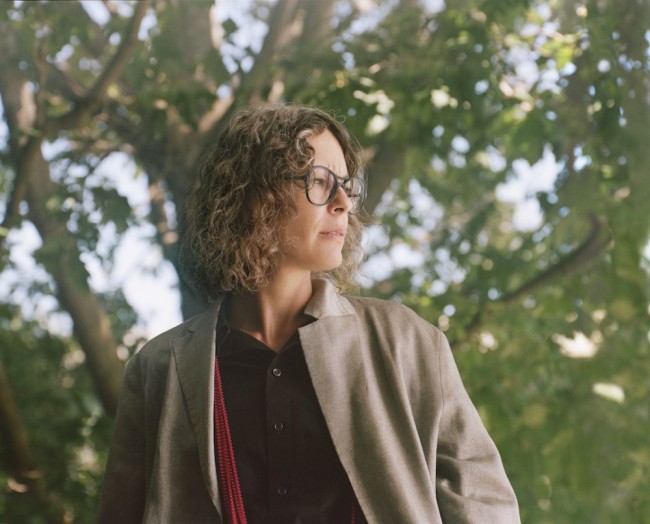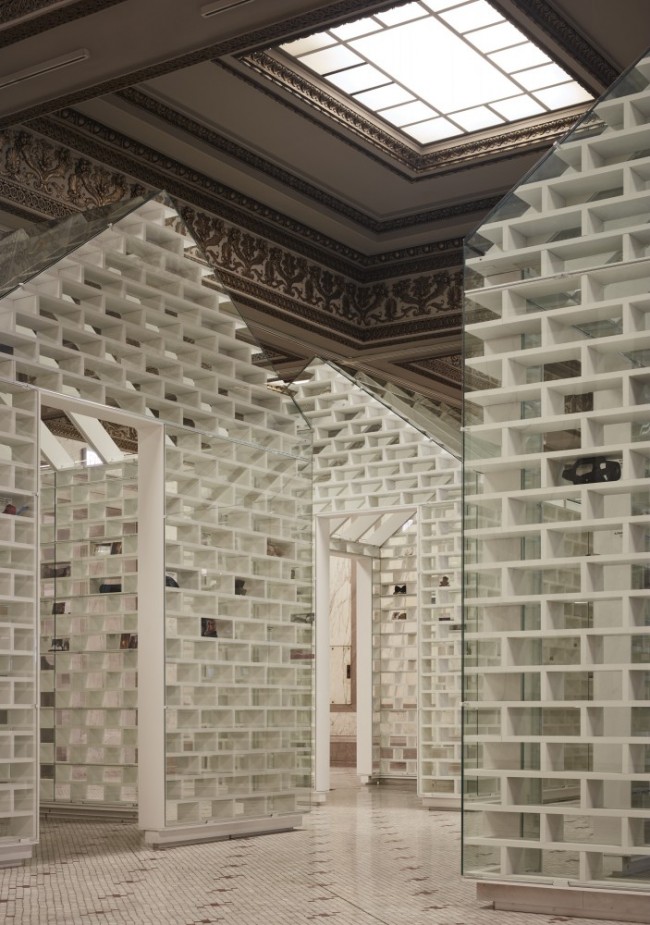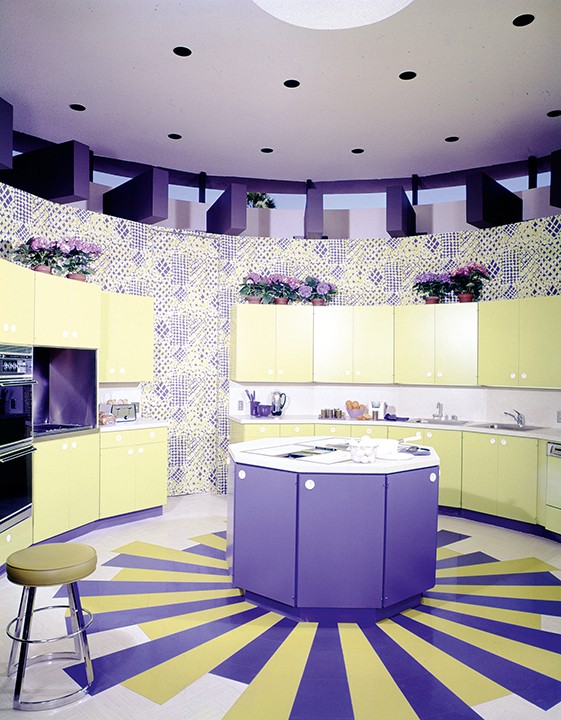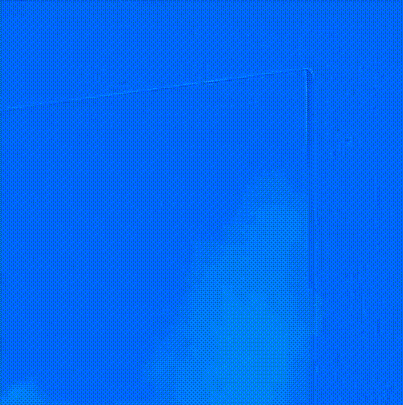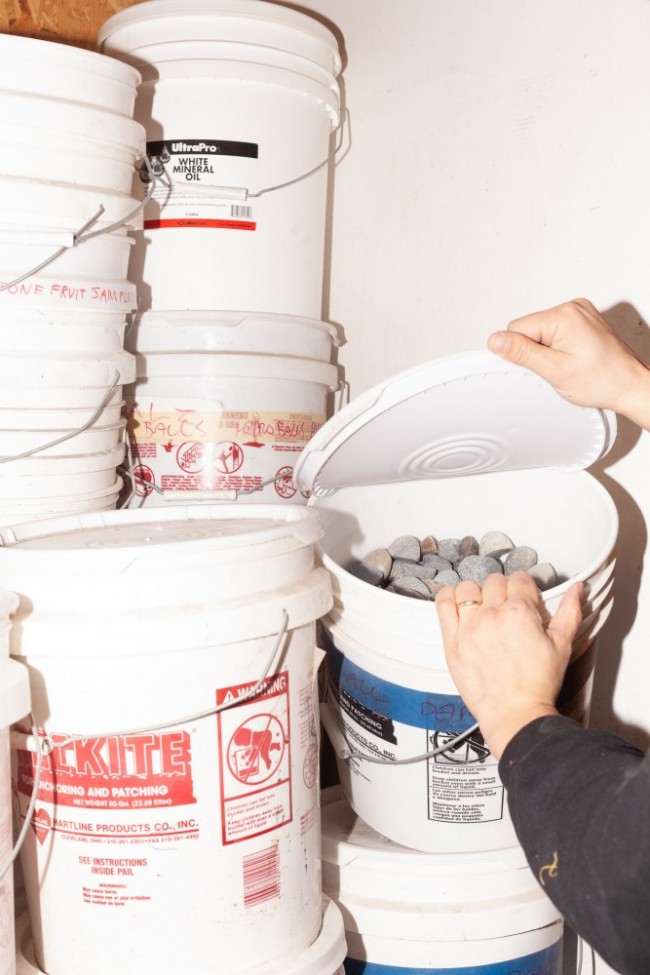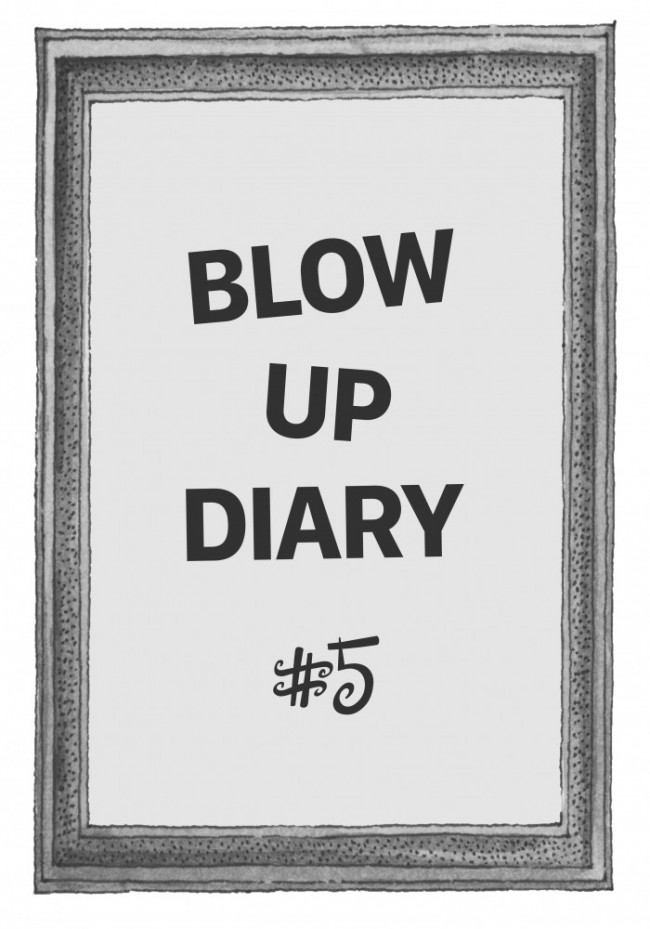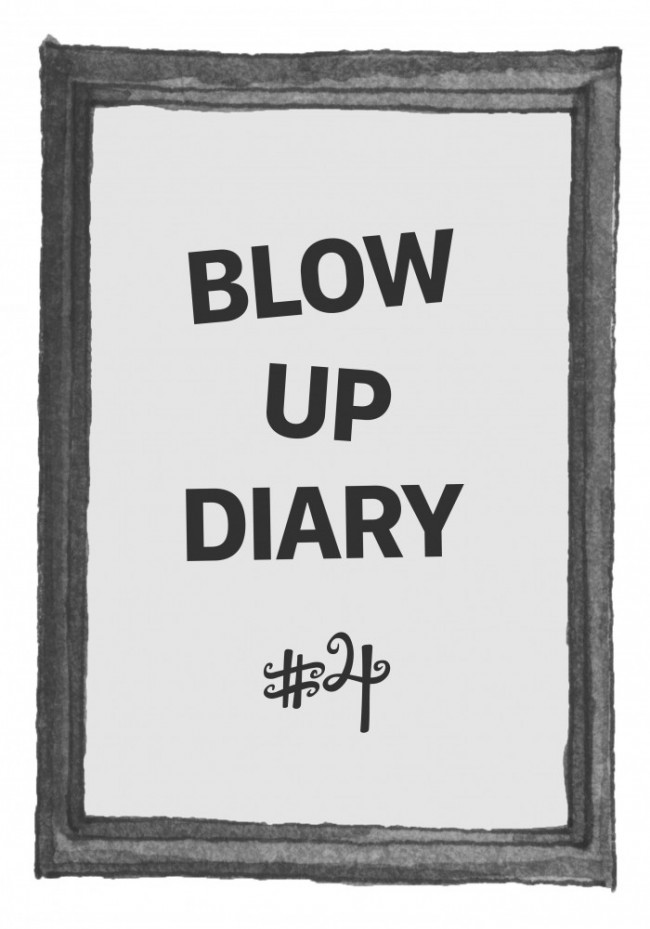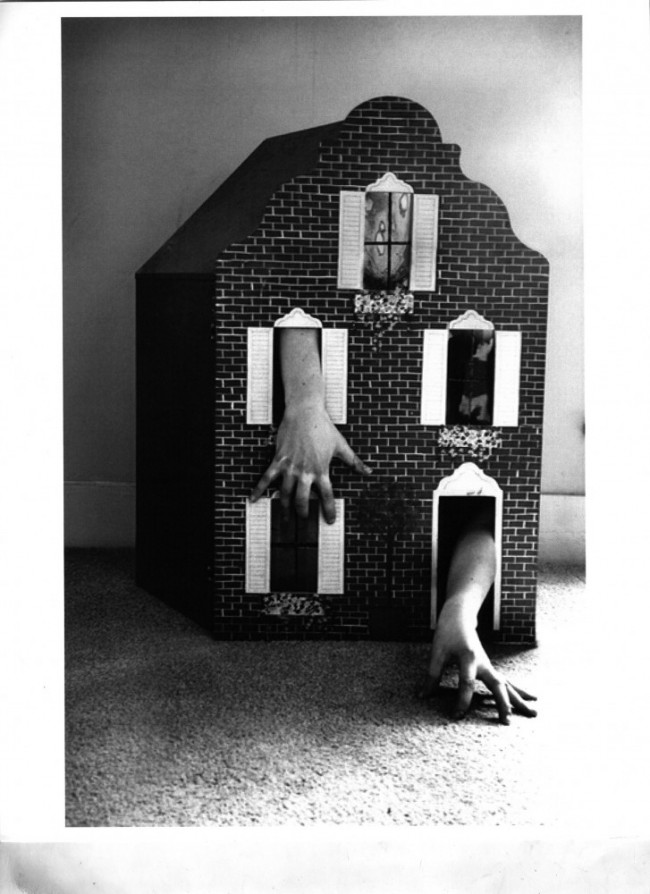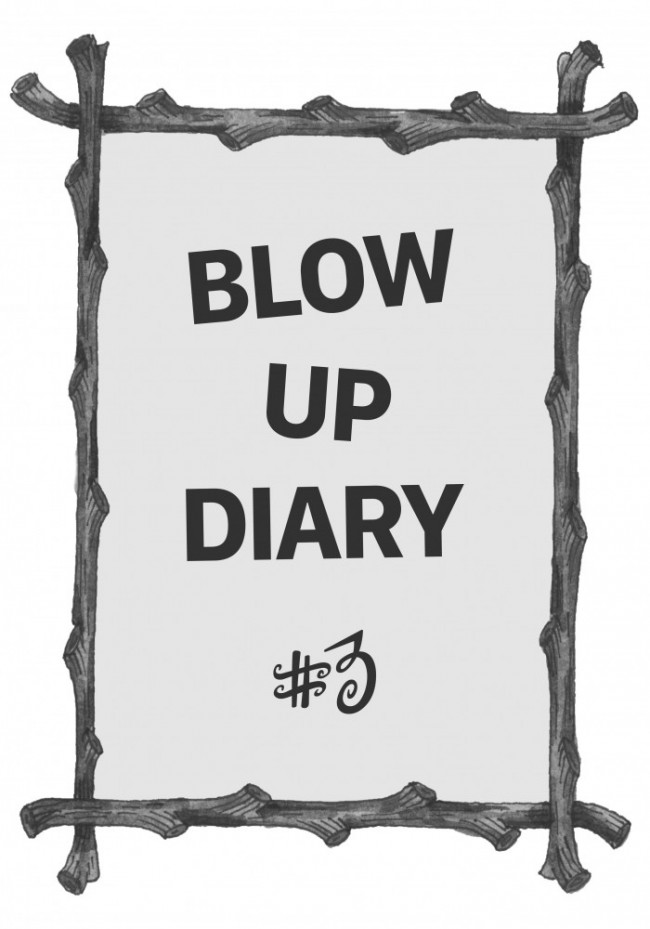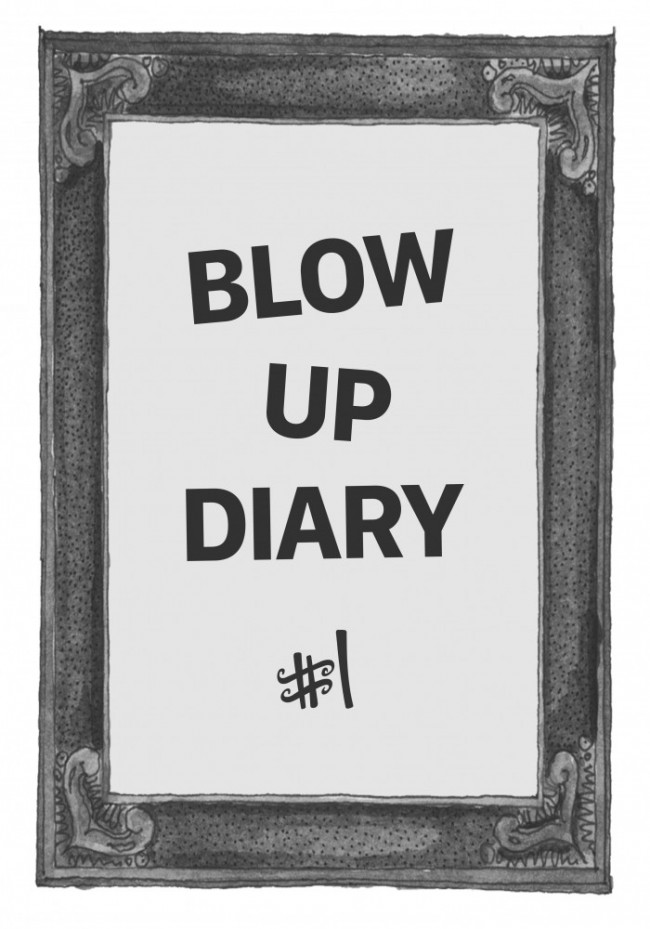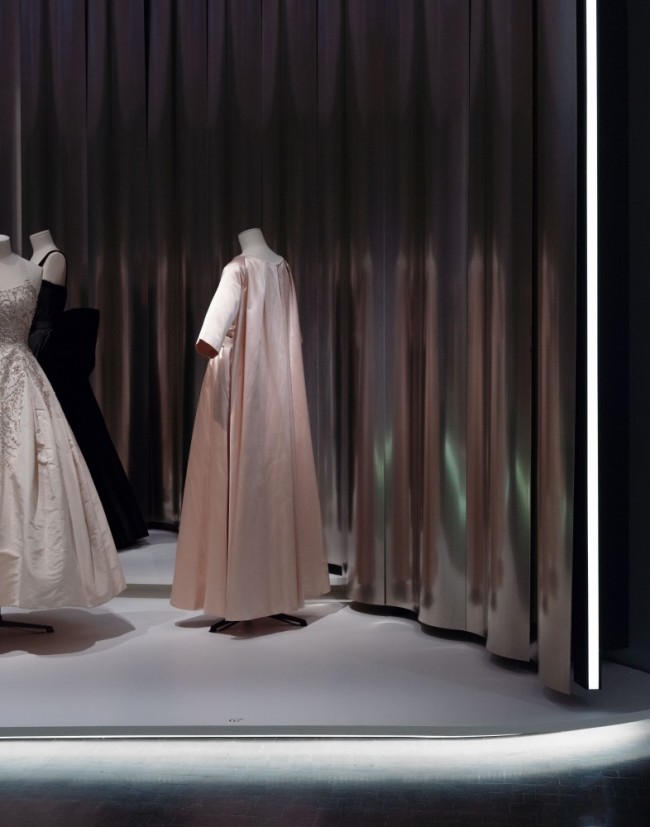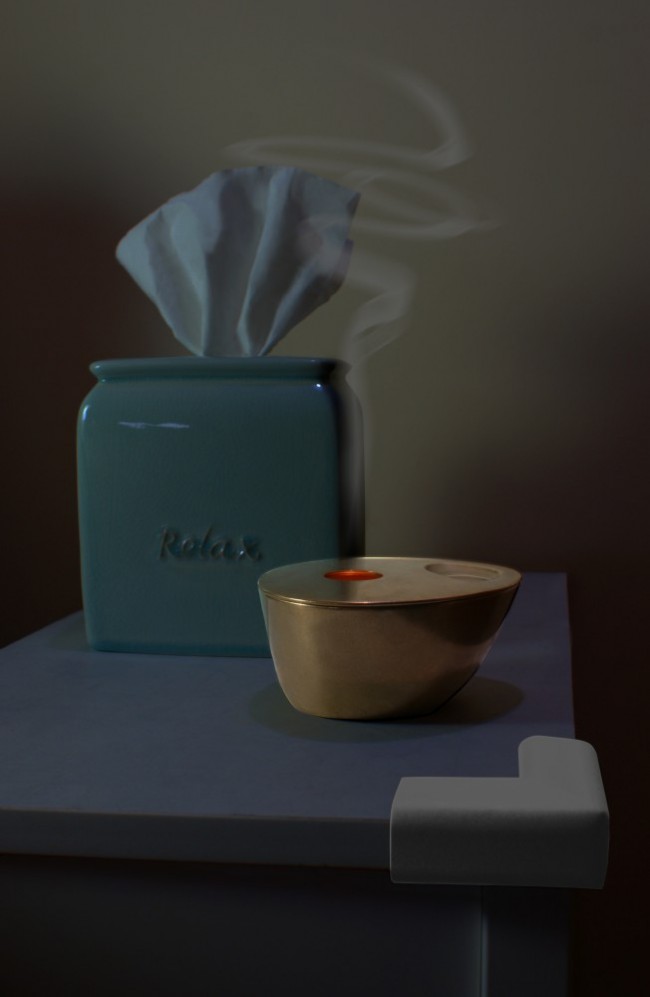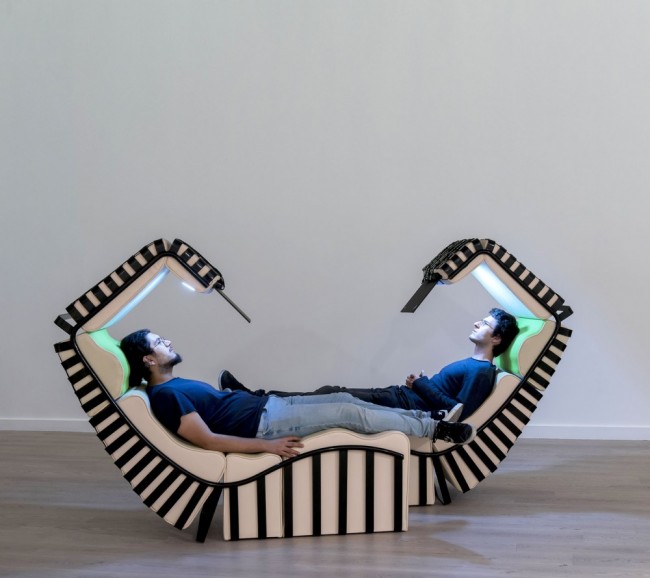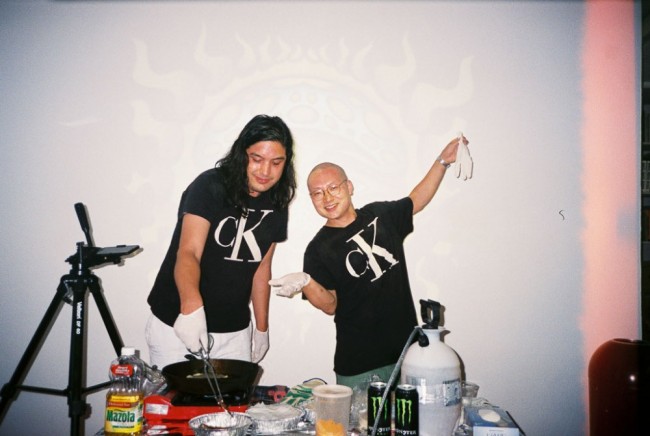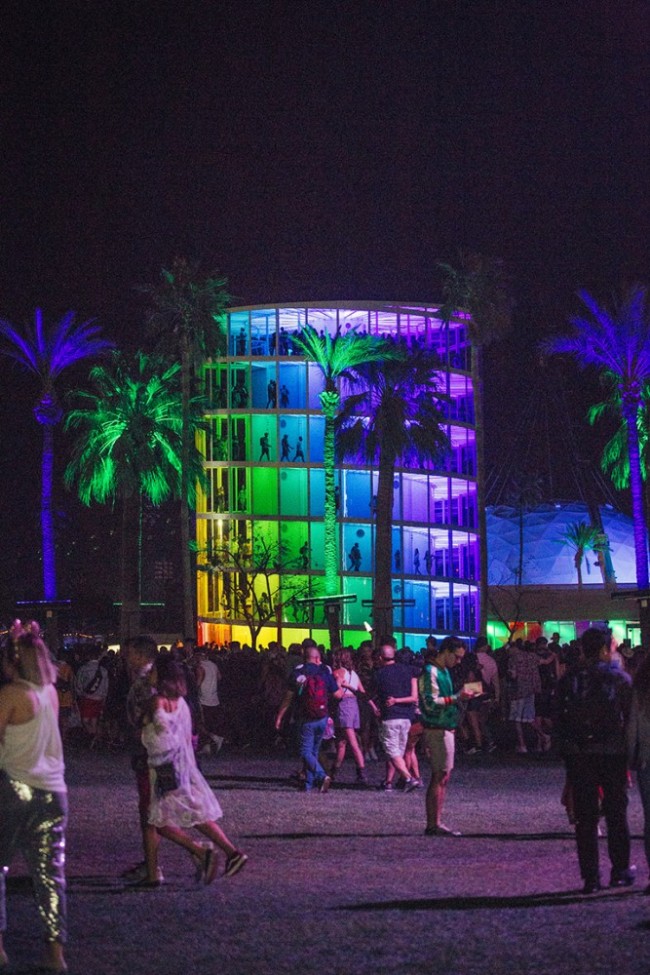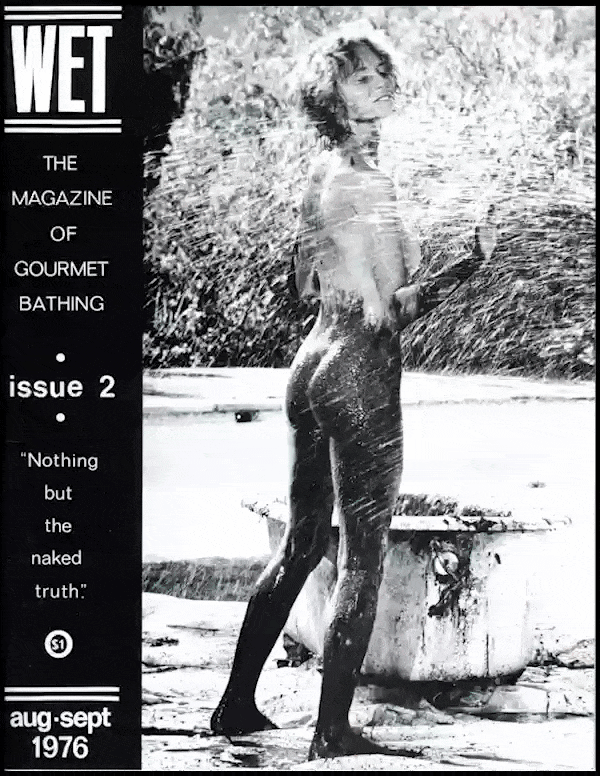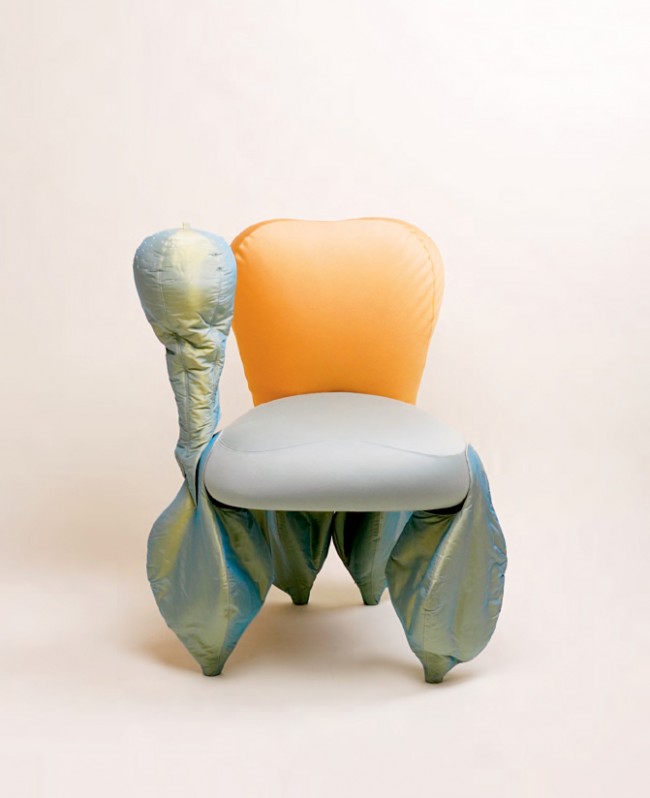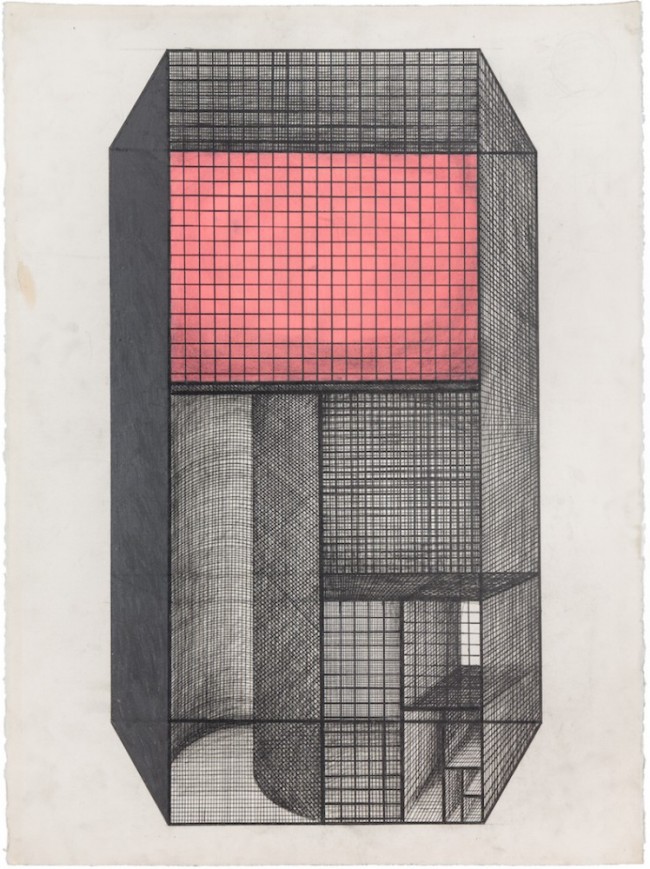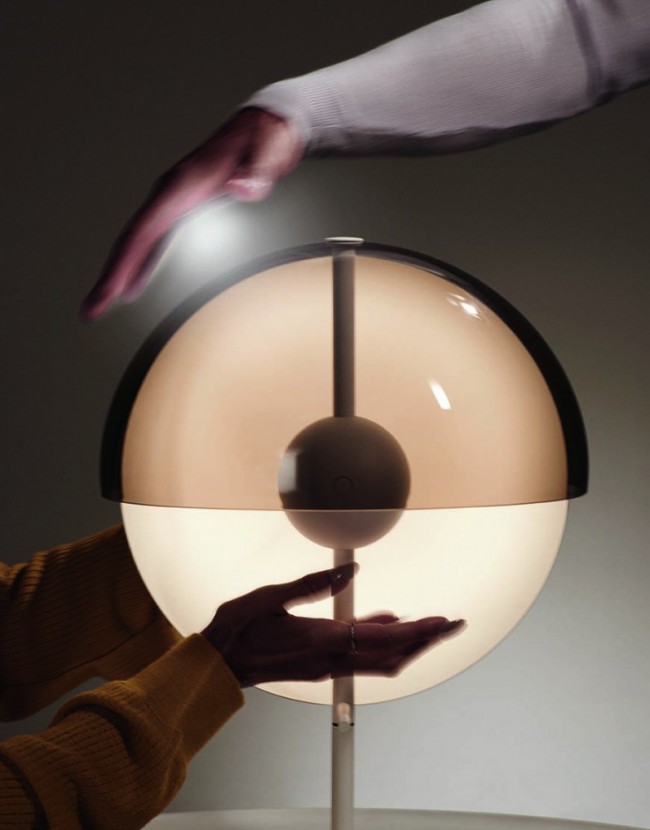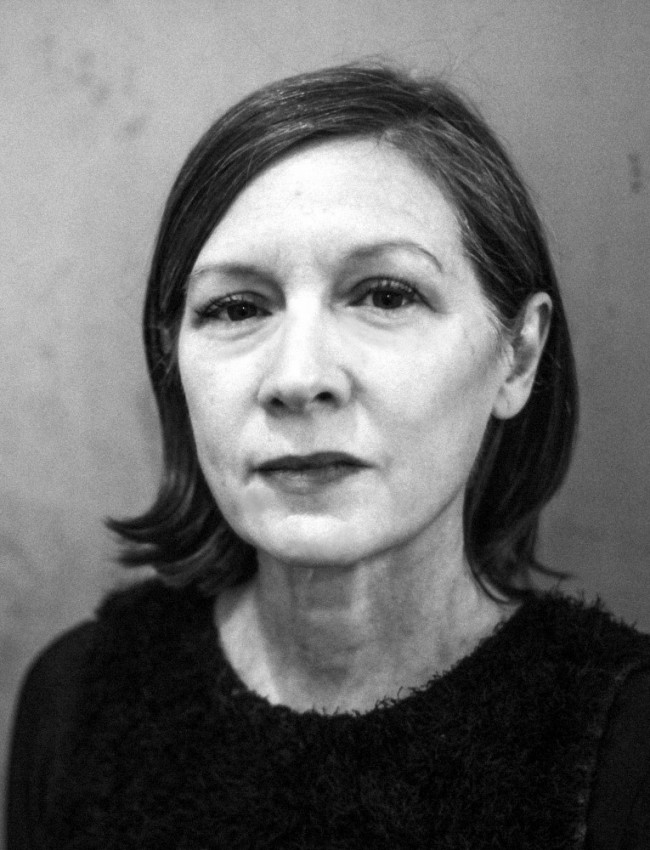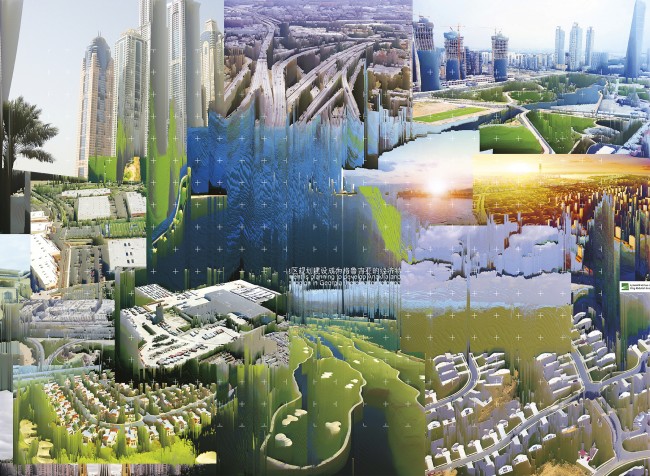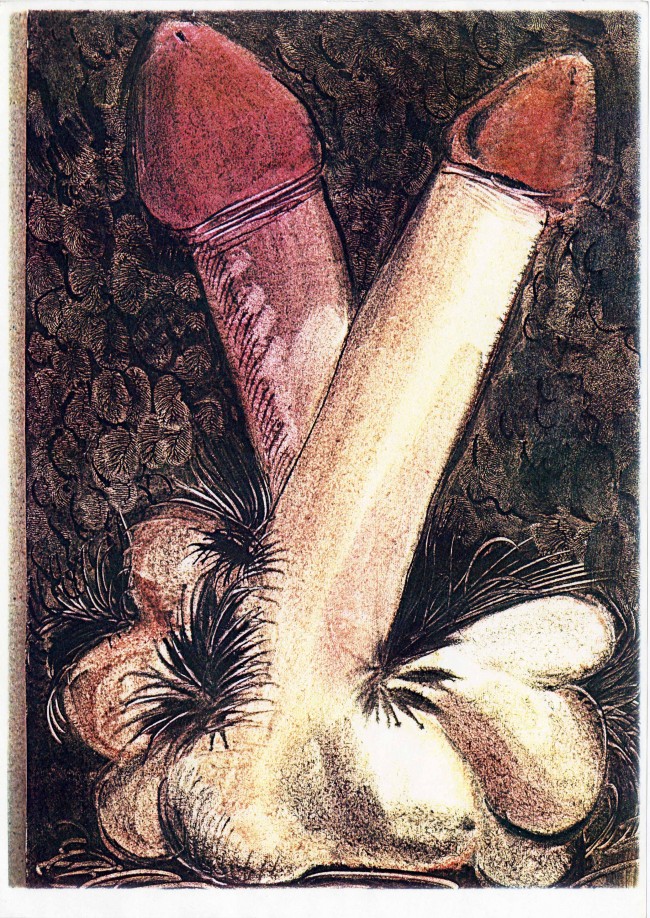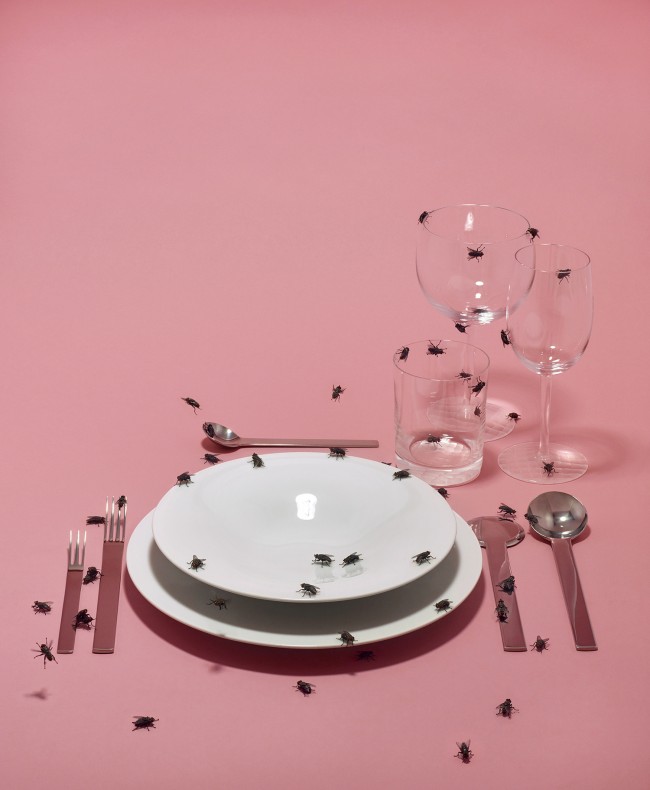VIDEO: The 30 Objects That Defined The Past 20 Years
Every decade offers its triumphs and tragedies. Hot off the heels of the feel-good excess of the 1990s, the first two decades of the third millennium saw their own wealth of historic events, socio-cultural revolutions, and technological inventions. Bookended by the fever dream of the Y2K scare and the reality of the Covid-19 global pandemic, the aughts and teens coursed with contradictions and concerns, highs and lows. Pouring over the events and references — AOL, the iPod, 9/11, Enron, the Bush years, Beyoncé, Motorola, Katrina, MySpace, the Great Recession, the Obamas, that Juicy Couture velour tracksuit — a more fundamental fact draws particular attention. The term “Anthropocene” first entered the collective cultural lexicon in the spring of 2000, after the Nobel Prize-winning meteorologist and atmospheric chemist, Paul Crutzen, proposed it to describe the new epoch defined by humanity’s profound impact on Earth. How appropriate, then, to give form to the ideas that shaped 2000 to 2020 through the designs we have created.
Reviewing this complex era, curators Felix Burrichter and Camille Okhio have selected 30 objects that sketch out a broad outline of the last 20 years, through the lens of PIN–UP. Together they question the influence and importance of architecture and design in the first two decades of the 21st century. Following the increasing fragmentation of culture due to new communications technologies that have segmented audiences and markets, design itself went the way of multiplicity, taking several directions at once. Perhaps in response to the awakening of citizen consciousness, the 2000s saw the development of products intended as platforms for experimentation and individualization, giving users a way to express themselves. The iPhone, which first debuted in 2007, presaged a newly digitized, 24-hour economy that is now utterly familiar.
The aughts also witnessed what may very well be the last gasp of the individual industrial designer as celebrity, a notion that had dominated the discipline since its beginnings, but seems less tenable in today’s late-capitalist age as large companies take fewer chances on up-and-comers. Adopting a different approach, designers like Katie Stout started pushing at the traditional boundaries of design to forge their own pathways, embracing the customized and the handmade, leaving mass-production behind. Fashion and celebrities took design by storm, with special collaborations and lifestyle brands. Some designers also began not just answering questions but asking them at a more systemic level. Design itself became an increasingly investigative tool, with the arrival of research-based practices such as Cooking Sections, Forensic Architecture, and Formafantasma, who shifted focus to expose the realities of the industries behind the products we consume.
“Design is an excellent arena in which to observe the relentlessly human as well as the possibilities of the more than human,” wrote Keller Easterling on the occasion of the 2016 Istanbul Design Biennial, fittingly titled, Are We Human? Observing the objects that surround us, however simple or ubiquitous — a chair, a lamp, an aroma diffuser, an iPhone, a bag — is akin to making observations about the state of things. Design, multifaceted and nebulous in its exuberant sprawl, holds up a mirror to a world dominated by uncertainty. As we enter the third decade of the 21st century, with all its progress, protest, and pluralism, the economic, environmental, political, and technological climates seem ever more complex and hard to grasp. What might we gain from reflecting on the recent past? Not just an exercise in nostalgia, these 30 objects offer clues about where we’re headed as the new decade unfolds.
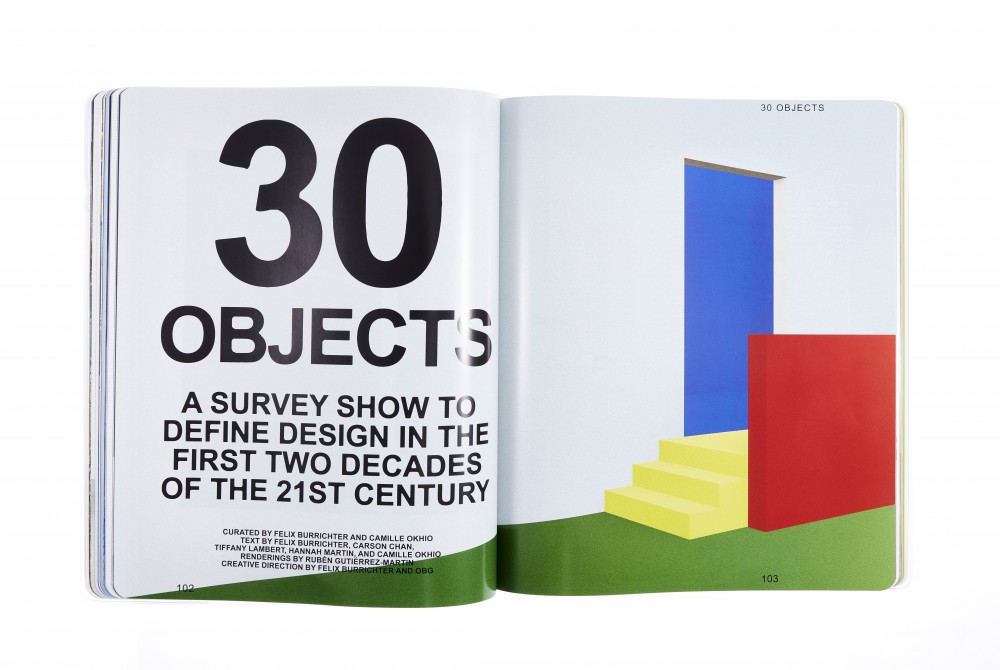
ORDER YOUR COPY OF PIN–UP 30 HERE
Video by Rubén Gutiérrez-Martin
Creative direction by Felix Burrichter and Office Ben Ganz
Text by Tiffany Lambert.

